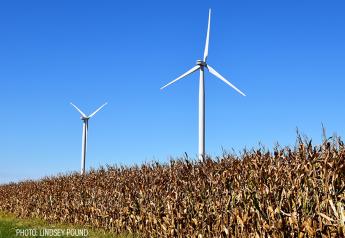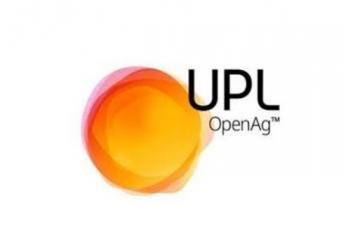Spotlight on Success: Robert Saik
Why do you think people are an important component of useful agricultural technology?
As we get wireless communication technology through our cellphones or Wi-Fi meshes on farms, the ability to connect to devices to bring in more sensory data will explode. The ability to handle that data is going to be a real challenge because there is going to be so much of it. While I think agriculture will take advantage of where we’re going technologically, I think it will always have a high-touch component to it, as well.
I explain this using a pyramid as an illustration. At the bottom is the question “Where?” There are lots of people chasing the question of “Where does the farmer have the problem?” The next question is “What?” It narrows the triangle. Fewer people know what the problem is. Then you start to figure out, “Why is it there?”
The Holy Grail is, “How do you fix it?” High tech at the bottom migrates up to high touch at the top that can be solved by agronomists and other ag experts. Some things will never be programmed into a machine.
We are moving to Agriculture 5.0, which is a convergence of agricultural science with exponential advances in technology. Genetic engineering should allow us to reduce our fertilizer and chemical footprint while providing increased resistance to biotic and abiotic stress. Seeds can be planted at variable rates based on topography and microclimate. Grain and input transactions may be significantly changed through the integration of technology such as blockchain.
When did you realize a need to be proactive in talking about science in farming?
It was at a rock concert by the Canadian band Chilliwack. There were 650 people in this auditorium. A third of the way through the concert, lead singer Bill Henderson said the next song would be about the poisoning of earth and the patenting of life. It was about an organic farmer in Saskatchewan trying to grow organic canola. Monsanto took him to court and Monsanto won.
Before he started playing, I just shouted out of the darkness, “You’re wrong.” He said, “What?” I said, “I know the facts. You’re wrong and in fact, you’re lying to the audience.” We got into it right there in the middle of the concert. That went on for about one minute, and then I got up and left.
My phone lit up with farmers who were at the concert saying, “Thanks for sticking up for us.” The next day, I wrote a letter to the editor of our paper saying there had been a commotion at the concert and explaining that I caused it and why. It went viral. That was the beginning of my advocacy.
Which misconception bothers you the most?
It’s this pervasive discussion that somehow farmers are not sustainable. It’s just ridiculous. I saw a tweet from a family that just pulled off its 110th crop on their farm. You don’t get there if you aren’t sustainable. We’ve got all kinds of people on social media who will tell you what farming is, yet they don’t even know what a three-point hitch is.
Looking ahead, what is the greatest risk for agriculture in terms of consumer perception?
The risk is the continued ripping away of tools out of the agronomic toolbox. The European Union is quickly becoming the museum of agriculture on the planet. The one giving me greatest concern right now is the anti-glyphosate movement. I have heard it said that glyphosate is a 1-in-100-year chemical. It’s so safe and so efficacious, yet people want to abolish it. Activism leads to fear-mongering and leads to politicians creating panic policies.
Background: Born on a farm in Alberta, Canada, Robert Saik (robertsaik.com) built two independent fertilizer retailers in his 20s and in 1997 founded Agri-Trend, a professional ag coaching network, and Agri-Data, an online ag management platform, which Trimble acquired in 2015. He is the author of “The Agriculture Manifesto” and executive producer of “Know GMO,” a film project about genetic modification.
Education: Bachelor of science in agriculture from the University of Alberta in Edmonton
Books every leader should read: “Abundance,” by Peter Diamandis. Our ability to work through problems with technology is pretty promising.
Favorite quote for entrepreneurs: Give me a problem, get out of my way and let me work on it.







